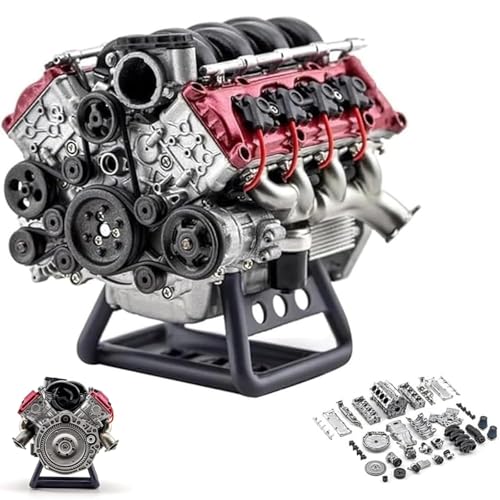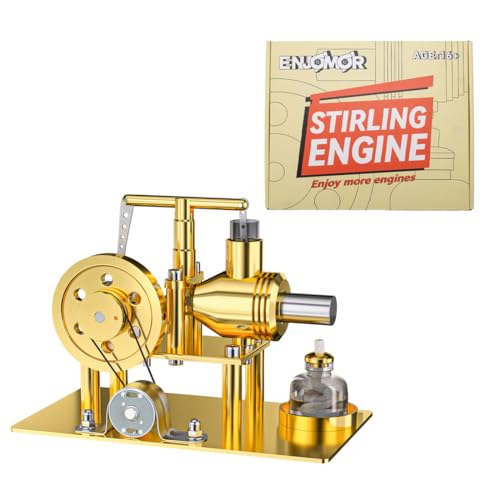Richard Hed
Well-Known Member
- Joined
- Nov 23, 2018
- Messages
- 2,797
- Reaction score
- 755
About efficiency,of course what you are saying is true, but also irrelevant. Irrelevant because the peeps who would use this have other costs that are unsustainable. For instnace, take a person on one of the islands from Vancouver to the Aleutians. (and there are quiter a few)., He has a small boat which uses some kind of liquid fuel, he may have to cross 1 to 10 miles of water to get supplies--flour, sugar, salt, squids, etc. including, of course, the liquid fuels.I have seen a few pockets of steam engine revival, such as a bottle engine powering a generator at someone's house, but not much more than that.
It boils down to efficiency, and even the best of steam engines do not have good efficiency.
The good part about steam engines is that you can burn pretty much anthing that burns in the boiler, including cow dung, straw, wood, coal, sunflower seed shells, and even things like corn (not recommending to waste food, but it does burn), etc.
The downside is building and maintaining a boiler.
Those things are a pain, and you basically need to be standing there to watch the water level at all times.
One engine that survived well into the 1950's was the Soule Speedy Twin, because it had so much torque, and could easily be reversed.
The Speedy Twin is a very powerful, and very compact engine, and can reverse using only two eccentrics and no links.
It took me a long time to figure out how a Speedy Twin is capable of reversing.
The Speedy Twin was used to power sawmill carriages, and the amount of money that a sawmill could make was directly tied to how many times the carriage could transit per hour.
Some operators tried electric motors on their carriage, but converted back to the Speedy Twin, since their mill output dropped when trying to use an electric motor.
And a sawmill generates a large amount of sawdust, which makes good fuel for boilers, and so free fuel.
.
Now say he has a HOnda generator that uses gasoline. First, the gasoline is expensive in these areas because of transportation costs for the distributors. Second, the very fact that he has to pay for gasoline for his own transportation, adds a GREAT deal of cost. Plus he may not have a job in which he gets a real return on a regular basis. So, compare that to having a steam power setup. Gets his fuel by selecting buffalo chips (or bear chips in this case), wood, grass, dried weeds, etc just for the harvesting effort. Now he probably will require a small amount of gasoline to run his chainsaw and boat motor, but unavoidable unless he has a rechargable electric chainsaw.
There are other benefits with a boiler system, heating the house/shop, cooking, and hot water. So a lot of the "inefficiencies" work out to be wholistically quite efficient. (Right now in the summer in the desert area of the Soviet, I have electric cooking indoors which means I have to COOL my house. How efficient is that?) When we speak of efficiencies, too often we overlook the "unseen, invisible" side effects, sort of like the corporations, citioes, and general public before the EPA act--dump sewage, industrial poisons, any type olf garbage in the lakes, streams and parks indiscriminately. These dumpers gained the benefit of cheaper products at the expense of the public being poisoned and the environment being destroyed. When examining these efficiencies, ALL the circumstances should be included .





































![MeshMagic 3D Free 3D Modeling Software [Download]](https://m.media-amazon.com/images/I/B1U+p8ewjGS._SL500_.png)










![Learning AutoCAD Civil 3D 2014 [Online Code]](https://m.media-amazon.com/images/I/51F3yi9fokL._SL500_.jpg)




![DreamPlan Home Design and Landscaping Software Free for Windows [PC Download]](https://m.media-amazon.com/images/I/51kvZH2dVLL._SL500_.jpg)





















